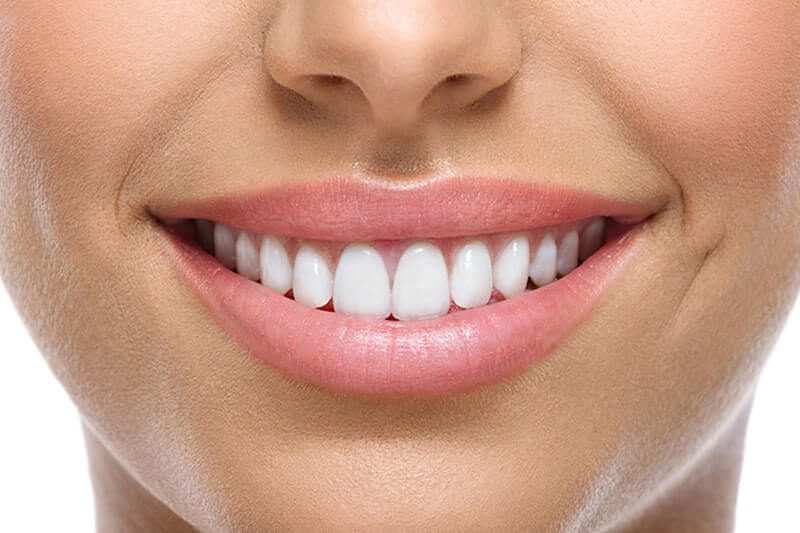SMILE DESIGN
Beautiful and healthy looking teeth and a good smile are every human right. Contrary to popular belief, smile design is not a luxury, it is a need for people’s self-confidence.

What is Smile Design?
When it comes to aesthetic dentistry, the first thing that people think of is smile design. It is possible with a smile design to give the patient a natural and beautiful appearance by correcting the teeth and gums, which have deteriorated aesthetically due to various reasons, by taking into account the facial features. Smile design is a type of treatment performed by applying many procedures together.
What are the Processes Involved in Smile Design?
The aesthetic wishes and requirements of each patient are different. For this reason, the procedures to be applied are determined individually. While determining the procedures to be applied, the patient’s; Many factors are taken into account, such as gender, age, facial features and expectations from the design.
Before starting the design, decays and gum diseases in the mouth are treated and dental cleaning procedures are performed. Then, according to the needs, wishes and requirements of the patients, the procedures are determined in order. Usually applied procedures; gum aesthetic interventions, namely gingivectomy, tooth whitening methods, ie bleaching, compensation of missing teeth with implant and prosthesis applications if the patient has missing teeth, porcelain or zirconium laminates and coatings, and orthodontic treatments, namely wire treatment.
How to Make a Smile Design?
The most important point in smile design is to correctly understand the aesthetic expectations of the patient and to determine the needs of the patient correctly. Models are prepared thanks to the measurements taken from the patient’s mouth, problems are determined on these models and plans are made. After modeling, the measurements of the intraoral and facial photographs of the patients are made using a few special applications in computer environment and thus the compliance with the face shape is calculated. The images closest to the result of the treatment are again obtained by the programs. The temporary restoration, which is prepared in the most appropriate way to the patient’s mouth, is presented to the patient and the patient’s opinions are taken.
After all planning, if it is concluded that the patient does not need orthodontic treatment, level disorders in the gums, if any, are regulated first. After gingival arrangements, planned implant procedures and other necessary surgical applications are performed in patients with tooth deficiencies. After all these surgical applications are expected to improve, teeth bleaching procedures are applied to the patient if needed. Deformations in the teeth after tooth bleaching can sometimes be removed with aesthetic composite fillings. In cases where the composite filling is not sufficient, porcelain laminates and veneers and zirconium veneers will be involved. In order to perform porcelain laminated applications, there may be no abrasion or minimal abrasion on the teeth, this is decided by the specialist physician. If it is decided that the patient should be applied porcelain or zirconium, some changes can be made by taking the patient’s ideas again during the rehearsals made during the stages. During all these gingival and dental applications and during rehearsals, the lip shape and contour of the patients are taken into consideration and the targeted design is finalized.
In some cases, according to the wishes of the patients, a few aesthetic applications can be used after the smile design application. With applications such as dermal filling to the lips and face of the patient, the smile of the patients can be emphasized.
Who Can Have a Smile Design?
Although smile design does not have an age range, anyone who wants to have a more beautiful and pleasant smile can have a smile design.
Immediate Contact
- 0212 234 96 34
- Harbiye Mah. Abdi İpekçi Cd. No:61 Reasürans Han 2, Kat:6, 34367 Şişli/İstanbul
- Monday-Saturday: 8:30 - 19:00
